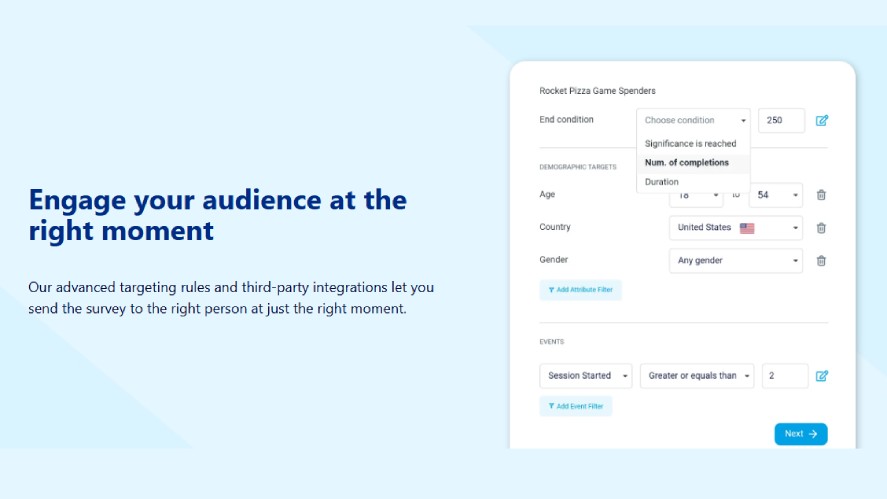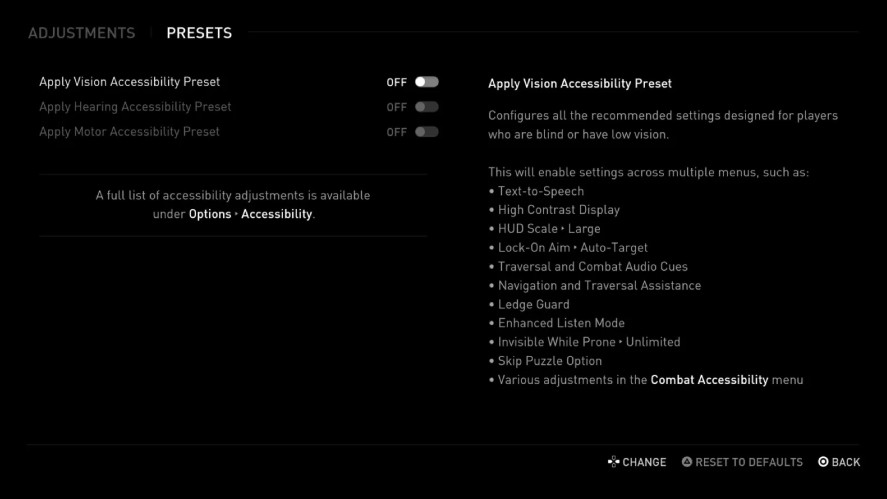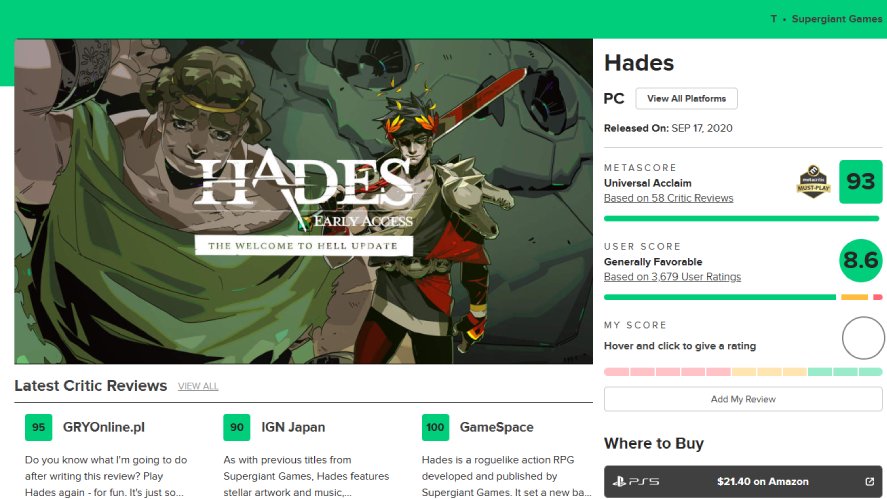Welcome to Gamespublisher.com, your trusty guide for leveling up in game development and game publishing.
In the fast-moving world of gaming, understanding the gamer experience is the secret weapon game developers need to craft titles that stick with players.
Whether you’re building a sprawling RPG or a snappy mobile puzzler, getting inside players’ heads shapes smarter game design, sharper video game marketing, and tighter community bonds.
By diving deep into gamer experience, game developers and publishers can fine-tune everything from monetization to community feedback, ensuring game genres thrive in 2025’s video game industry.
Let’s explore how player insights fuel game development success!
Gamer Experience as the Foundation of Game Development
At the core of game development, gamer experience is what makes video game genres click, turning casual players into die-hard fans.
Let’s unpack what gamer experience means and why it’s a game-changer for gaming success.
What Is Gamer Experience?
Gamer experience is all about how players feel when they dive into video games. It includes the emotions, ease, and thrills that define their journey.
It’s the heart-pounding immersion of Elden Ring’s boss fights or the cozy satisfaction of Animal Crossing’s island tweaks.
Flow keeps players in the zone, like Tetris’s perfect pacing, while replay value has folks replaying Hollow Knight for new secrets.
Meanwhile, game developers aim for engagement rate spikes, crafting moments that spark joy or challenge.
By weaving these elements into game development, video game publishers create gaming experiences that feel personal and unforgettable across platforms.
Why Gamer Experience Drives Game Success
Putting players first in game development is like rocket fuel for game publishing. It boosts retention, sparks word-of-mouth, and grows a game’s lifetime value.
When game developers nail gamer experience, titles like the most successful video game franchise Minecraft keep players hooked for years.
A player-centric approach turns fans into free marketers, driving video game marketing without big budgets.
On top of that, happy players stick around, boosting engagement rate and in-game purchases, as seen in Genshin Impact’s gacha system.
For game publishers, this means game genres not only launch strong but thrive long-term, making gamer experience the backbone of gaming wins.
Gamer Experience Research Methods Used by Top Game Studios
To figure out what players want, game developers lean on research methods that dig into gamer experience.
Here’s how top studios stay ahead in the video game industry.
Surveys and Polling: Using Platforms Like Polling.com
Surveys are a go-to for game developers to grab hard data on what makes games tick, and platforms like Polling.com make it a breeze.

Studios send out questions to gauge player vibes. Let’s say, whether Overwatch’s new hero feels balanced or if mobile game analytics show puzzle levels frustrate.
A quick poll might reveal gaming fans want more co-op in a game, guiding game development tweaks.
These insights, unlike gut guesses, give video game publishers clear numbers to back video game marketing roles. This ensures game publishing aligns with player demands.
It’s like having a direct line to your audience’s brain, steering game developers toward engagement rate wins.
Playtesting and Usability Sessions
Playtesting puts game developers in the room with players, watching game genres come to life in real-time.
In controlled setups, studios like Blizzard might observe how newbies navigate World of Warcraft’s UI or if veterans breeze through Diablo IV’s dungeons.
These sessions catch clunky mechanics before launch, saving game publishing headaches.
By tweaking based on live feedback, game developers boost usability, keeping gaming smooth and fun.
This hands-on approach helps publishers polish video games, ensuring engagement rate soars when the game hits shelves.
In-Game Analytics
Game analytics are a goldmine for game developers, tracking player moves to fine-tune video game genres.
Telemetry data shows where folks get stuck or which game tasks spike engagement rate.
Mobile game analytics might reveal Candy Crush players drop off at level 50, prompting easier curves. Or studios like EA use this to tweak FIFA’s pacing, making gaming feel just right.
By digging into these numbers, video game publishers optimize game publishing, ensuring game genres keep players hooked without guesswork.
Community Feedback and Social Listening
Tuning into community feedback is like eavesdropping on gaming fans’ unfiltered thoughts, and game developers are all ears on platforms like Discord, Reddit, or X.
Community feedback analysis catches gripes, like Cyberpunk 2077’s buggy launch, or praise for Hades’s tight combat, guiding game development patches.

Social listening helps video game marketing teams spot trends, like X hype for game genres like roguelikes, shaping game publishing plans.
This keeps game publishers in sync with players, building trust and loyalty in the video game industry.
Integrating Gamer Experience Into Game Design
Weaving gamer experience into game design is where game developers turn player insights into video game genres that feel tailor-made, boosting engagement rate and game publishing success.
From early tweaks to fair monetization, these steps ensure gaming stays fun and inclusive. Here’s how game development pros make it happen.
Early Prototyping and Iteration
Kicking off game development with prototypes lets game developers test games early, using player input to shape core mechanics.
A rough game prototype might reveal if the jump function feels off, prompting game developers to tweak physics before coding deep systems.
This back-and-forth keeps game design player-focused, saving game publishing from costly reworks.
Personalization and Accessibility
Knowing your players’ diverse needs drives game design that welcomes everyone, making video game genres more approachable.
Accessibility features, like The Last of Us Part II’s visual cues for colorblind players, open gaming to wider crowds.

Personalization, like Skyrim’s skill trees, lets players tailor their vibe.
These touches, informed by community feedback analysis, boost engagement rates by respecting player diversity.
Balancing Monetization Without Undermining Experience
Monetization can make or break gamer experience, and game developers must keep game genres fair to avoid alienating fans.
Microtransactions work when they don’t lock power behind paywalls.
Game analytics help video game publishers test if purchases feel rewarding, which balances free and paid pulls.
Smart game marketing highlights value, not pressure, keeping gaming fun. This balance in game development ensures game publishing builds trust, not frustration.
The ROI of Prioritizing Gamer Experience
Investing in gamer experience pays off big for game developers. When games put players first, the returns are game-changers.
Here’s why focusing on gaming fans is a winning bet.
Higher Retention and Engagement Rates
Player-centric game design keeps daily active users coming back, boosting engagement rate.
Among Us’s simple, social gameplay hooked millions, with game analytics showing players sticking around for quick rounds.
By using mobile game analytics to tweak pacing or rewards, game developers make gaming sticky. This retention fuels game publishing, letting publishers bank on steady revenue over time.
Improved Player Reviews and Ratings
A stellar gamer experience translates to glowing reviews, lifting game genres on Metacritic or app stores, and building brand loyalty.
Hades, a most successful indie game, scored 93/100 on Metacritic thanks to tight game design and responsive community feedback, driving game marketing via word-of-mouth.

Or The Witcher 3’s rich story earned 5-star App Store love, cementing CD Projekt Red’s reputation.
Game developers who prioritize gaming experience see game publishing shine, as video game publishers leverage high ratings in video game marketing roles to pull in new players.
Community Growth and Organic Promotion
When game developers nail gamer experience, video game genres spark communities that amplify game marketing for free.
These player-driven waves let game publishers lean on viral gaming buzz, cutting video game marketing costs.
Moreover, strong communities turn game publishing into a self-sustaining hit, keeping video game genres alive for years.
Future Trends in Gamer Experience Research
The future of game development is leaning hard into cutting-edge research to decode gamer experience, giving game developers tools to craft video game genres that adapt to players like never before.
With tech like AI and biometrics on the horizon, game publishing is about to get a major upgrade in the video game industry.
Here’s what’s coming down the pipeline for gaming research.
AI-Powered Player Behavior Prediction
AI is set to revolutionize game analytics, letting game developers predict player behavior and tweak games on the fly.
Upcoming tools, like machine learning models from studios like Unity, analyze mobile games to spot patterns. These systems could adjust the difficulty in real-time.
Meanwhile, AI-driven community feedback analysis might scan X posts to gauge hype for game genres like shooters, guiding video game marketing roles.
This tech helps game publishing stay one step ahead, ensuring engagement rate stays sky-high as game developers build smarter gaming experiences.
Emotional Tracking and Biometric Feedback
Biometric feedback is the next frontier for game development, with game developers eyeing tools like facial recognition or heart-rate sensors to read player emotions during gaming.
Imagine playtesting Resident Evil 4’s remake, where cameras catch grimaces at jump scares, helping game designers dial in tension.
Wearables could track stress in Rocket League’s clutch moments, showing game analytics where game genres thrill or frustrate.
For game publishers, biometrics could shape game publishing by making gaming feel deeply personal, though privacy concerns will need careful handling.
Conclusion
For game developers and video game publishers, understanding gamer experience isn’t just a nice-to-have, it’s the key to staying competitive in the video game industry.
From prototyping with community feedback to using game analytics for retention, a research-driven approach ensures video game genres hit the mark.
Gamespublisher.com champions this mindset, offering game development tips and tools like Polling.com to make player insights accessible.
So, dive into Gamespublisher.com’s resources to keep your gaming projects ahead of the curve in 2025 and beyond!
Loading survey...

